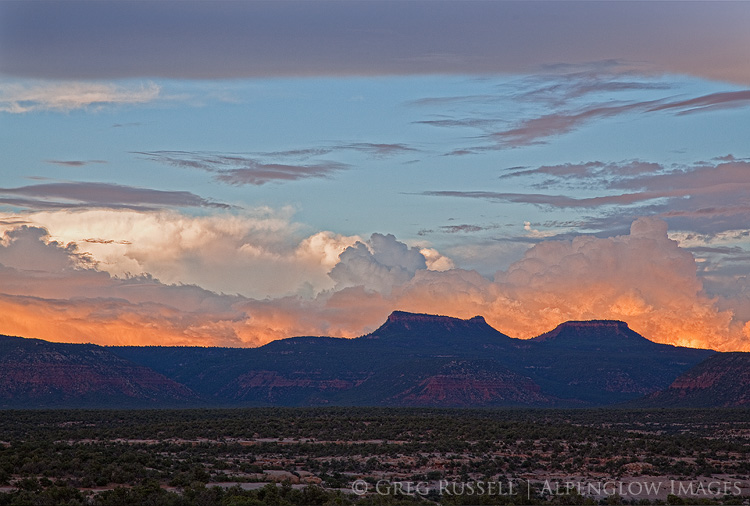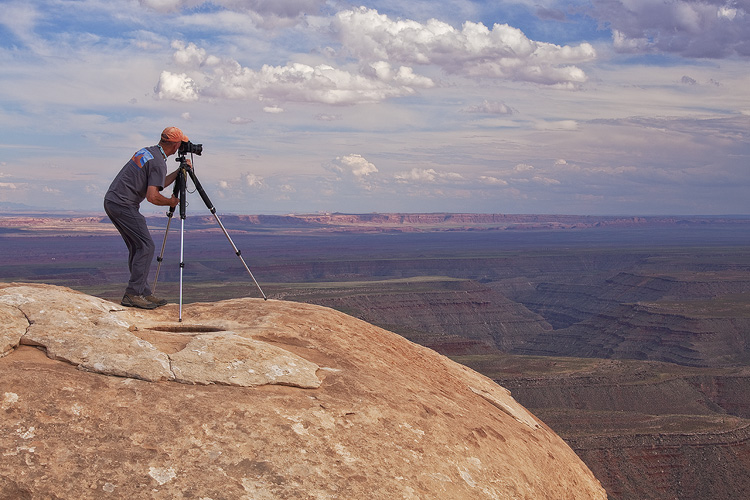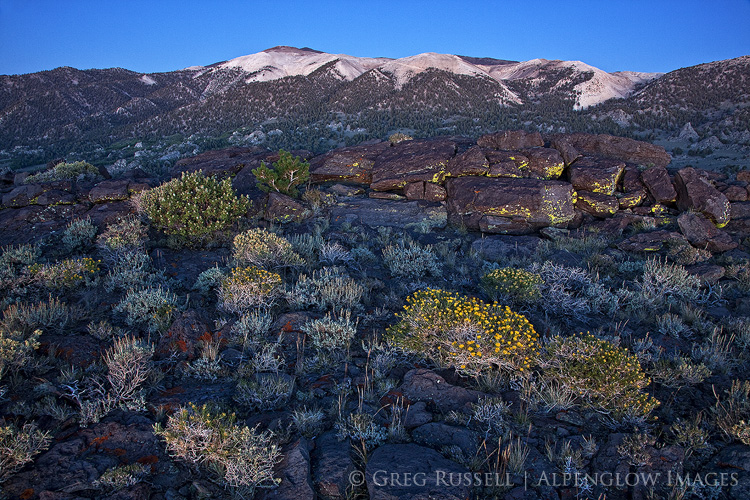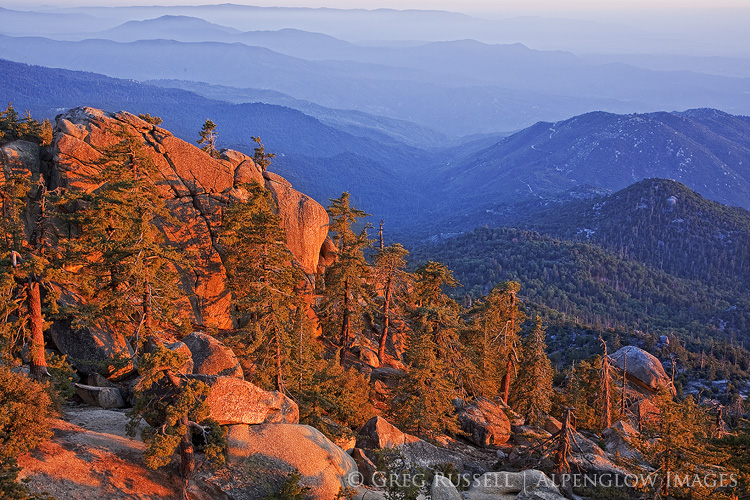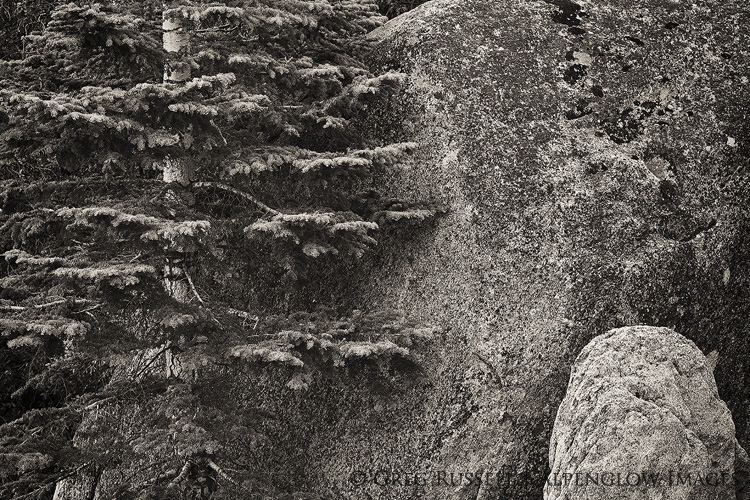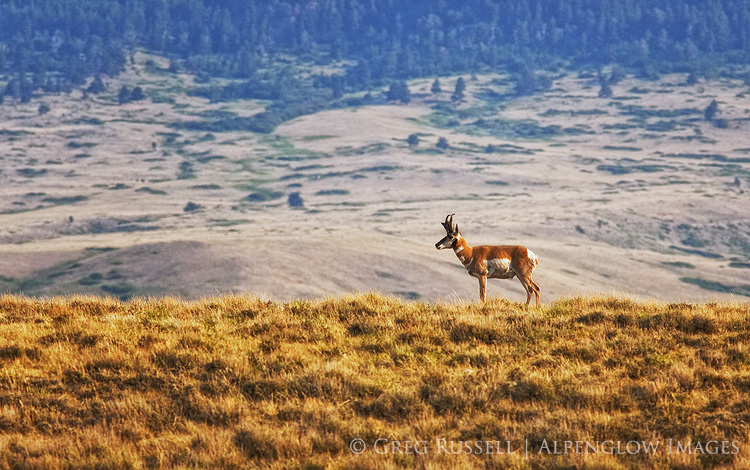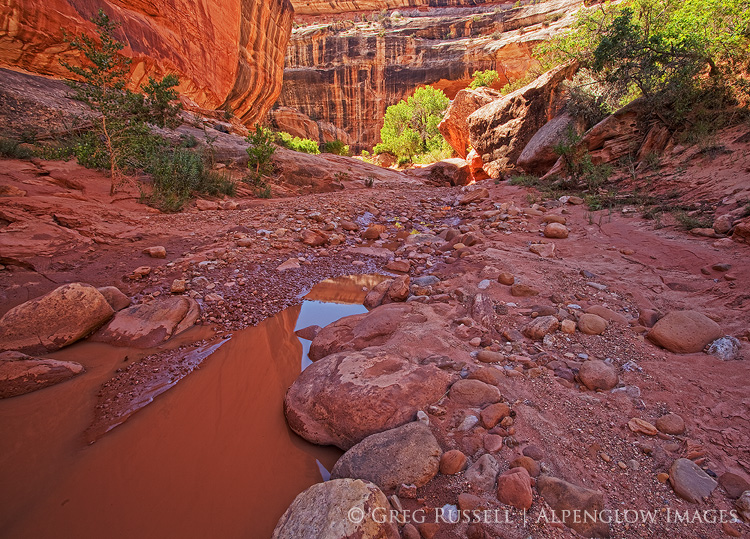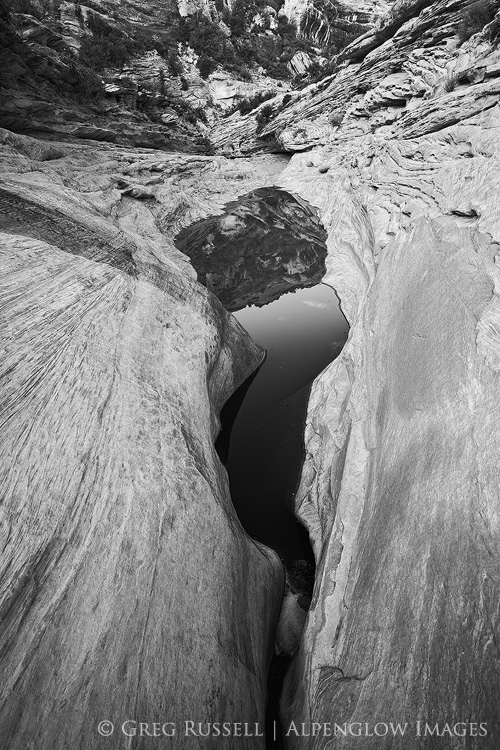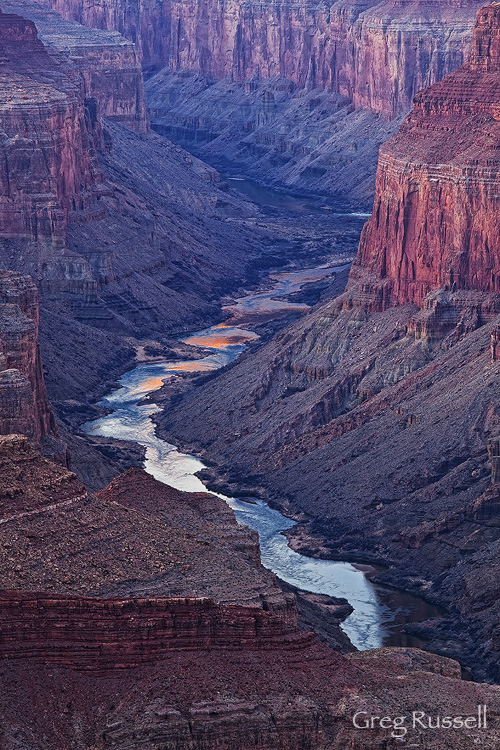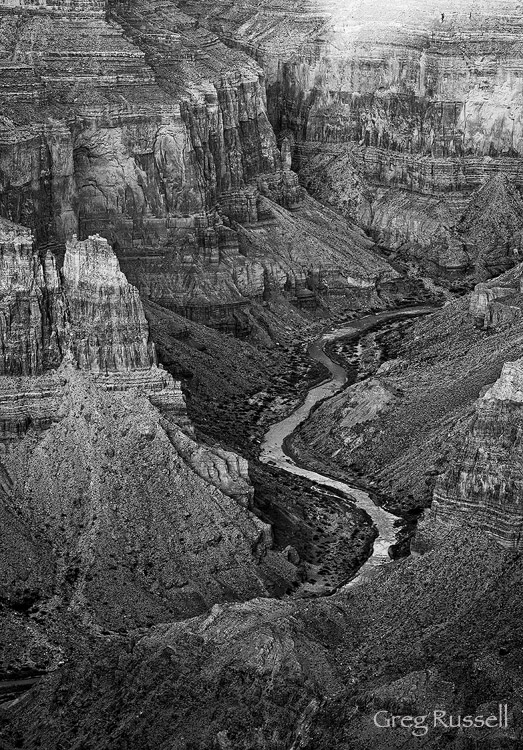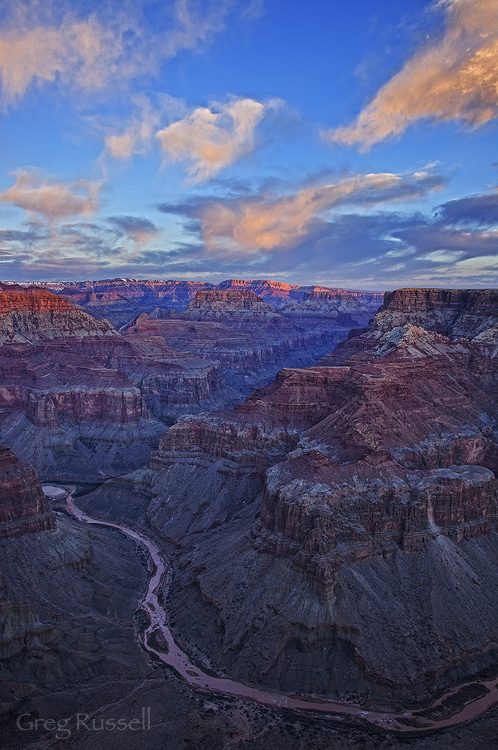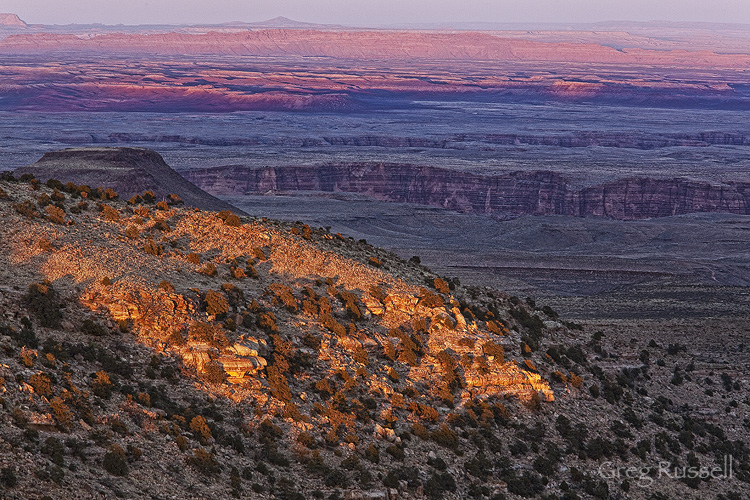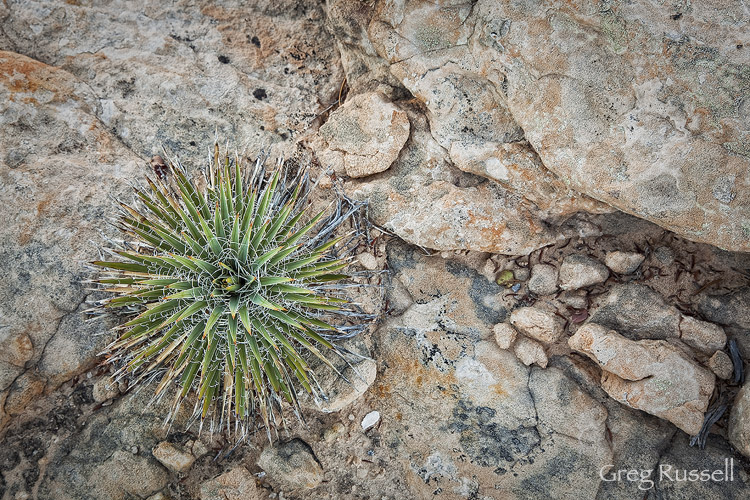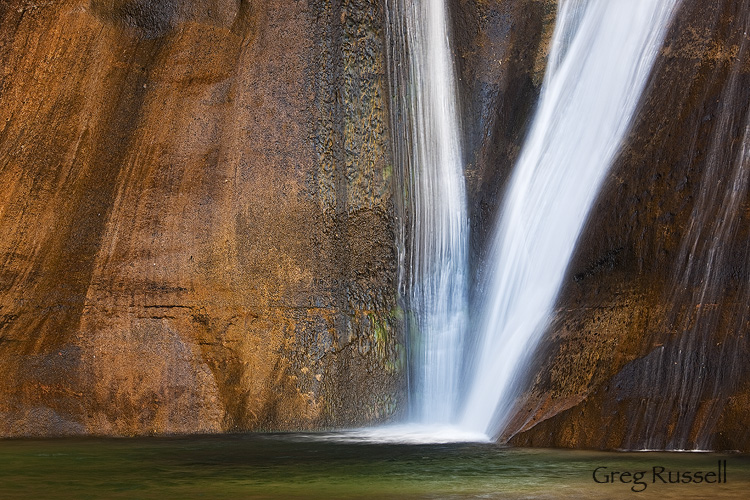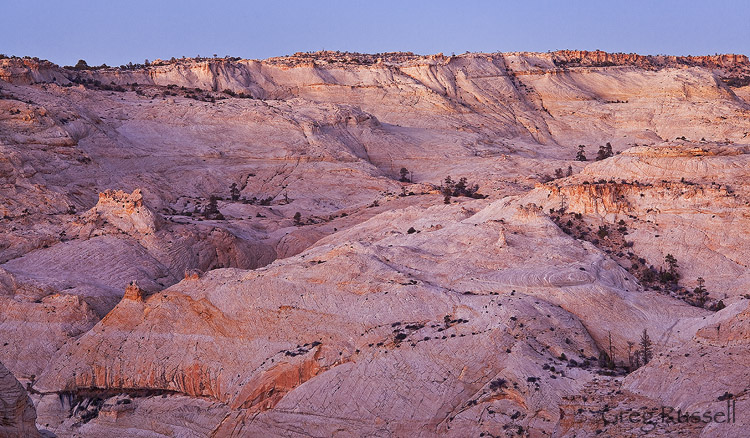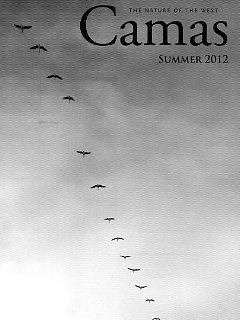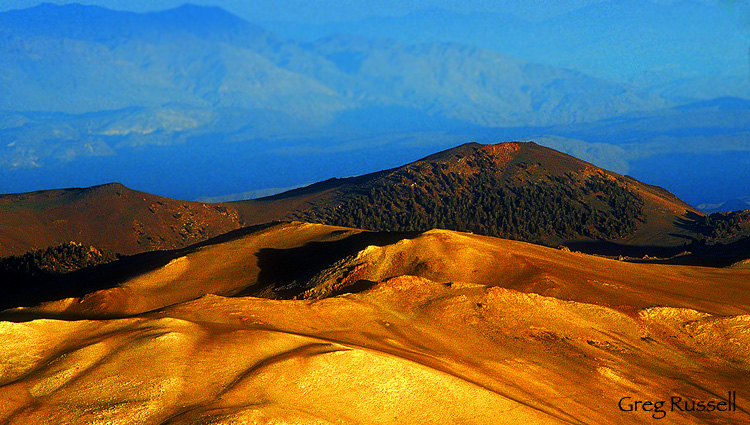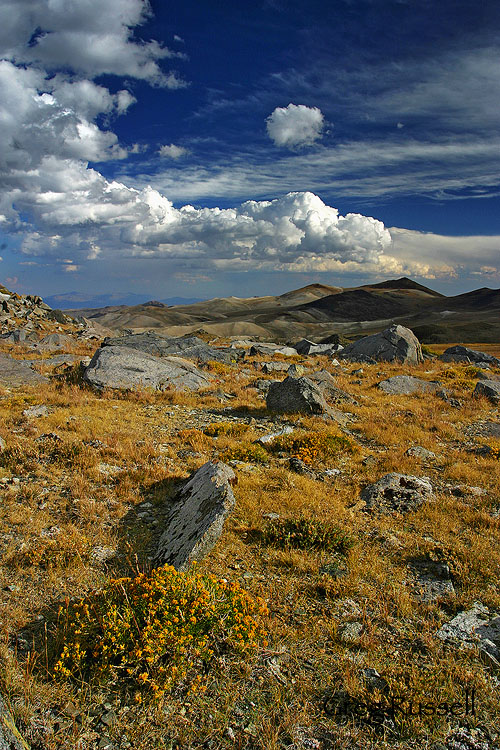“What holds people together long enough to realize their power as citizens is their common inhabiting of a single place.” – Daniel Kemmis
“Our gadgets and electronic maps read our exact location and desires virtually anytime and anywhere. Never before have we been so located – and yet so lost.” – Bryan Pfeiffer
I recently read an article, “Ghosts and tiny treasures,” by Bryan Pfeiffer. He uses an example of the way we react to the killing of an individual lion by a trophy hunter, yet at the same time many of us fail to take note of the impending extinction of an entire non-charismatic keystone species like the Poweshiek skipperling, a butterfly. Pfeiffer makes the argument is that we clearly care about other animals and places, but we have not developed what he calls a “chronic passion” for nature. Martin Litton, who was probably a bit more gruff about the subject than Pfeiffer, argued for years that we don’t harbor enough hatred in our hearts when it comes to the destruction and development of the natural world. Finding my own personal balancing point between Pfeiffer’s passion and Litton’s hatred is something that’s been on my mind for quite some time.
I recently reposted an image on my Facebook page of the Bears Ears buttes in southern Utah. Reaching almost 9,000′ elevation, the Bears Ears are the high point of the Cedar Mesa and greater Canyonlands area. Visible from much of the Four Corners region, they never fail to announce that I’m almost home when I drive back to northern New Mexico from my house in southern California to visit my parents.
The mesas and canyons that extend off of the Bears Ears–the Dark Canyon complex, Grand Gulch, White and Arch Canyons–make up some of the most remote, rugged, and spectacular scenery in North America. As if the scenery isn’t enough, the greater Bears Ears area houses what may be the highest density of archaeological treasures in the country. There are literally hundreds if not thousands of archaeological sites (ruins, rock art, etc) here, and visitors can gain a tangible connection with the past simply by walking a few hundred feet into this wonderful area.
Although most of the archaeological sites are Ancestral Puebloan (ancestors of the modern day pueblo people, like Hopi and Zuni), the Navajo and Ute people, who live adjacent to the area on their respective reservations also have stories contained in–and on–this stone. While the area is receives significantly less use than Utah’s “Big Five” national parks, it certainly isn’t unvisited. In addition to recreation pressures, oil drilling, and human development in general are knocking on the door of the area, and undesirable activities like archaeological looting run rampant. In response to these potential threats, the Navajo, Zuni, Hope and Ute tribes have come together collectively as Utah Diné Bikeyah, and have proposed the Bears Ears National Monument to protect all of these resources for future generations.
The ecological importance of the Poweshiek skipperling–which Pfeiffer talks about in his article–might not be immediately obvious to everyone, at least not on first glance. Similarly, the significance of cultural and natural treasures in the greater Bears Ears region may not seem that valuable, or worth protecting. Thus, on the most basic level, Pfeiffer’s call for us to develop a chronic passion for nature and Utah Diné Bikeyah’s proposal for us to honor the wild landscape and cultural history surrounding the Bears Ears by creating a national monument are really no different. They both symbolize a commitment to the ties that bind all of us together.
In so many ways right now in the United States especially, we’re at curious place, and the commitment that Pfeiffer and Utah Diné Bikeyah are asking for seems somewhat unobtainable, which is paradoxical to me. While we want change (look at any social media outlet–not only do we want it, we’re downright angry about it!) and are more electronically connected to the things we want to change than ever before (webcam, anyone?), we seem to have lost the connections that really matter. Connection to place, to other organisms, to each other, is something we desperately lack right now as a people.
Now is the time to preserve not only natural Earth and the ties to our evolutionary history, but our ties to human history. But we need to re-establish our connections to both of them to do that. There is no other way.
I suppose this wasn’t really a blog post about photography, but about connection to a place, which–when present–makes photography more meaningful and personal. In that spirit consider this the beginning of a dialogue…about connection, purpose-driven photography, and endeavoring to protect that connection.
Thanks for reading.

